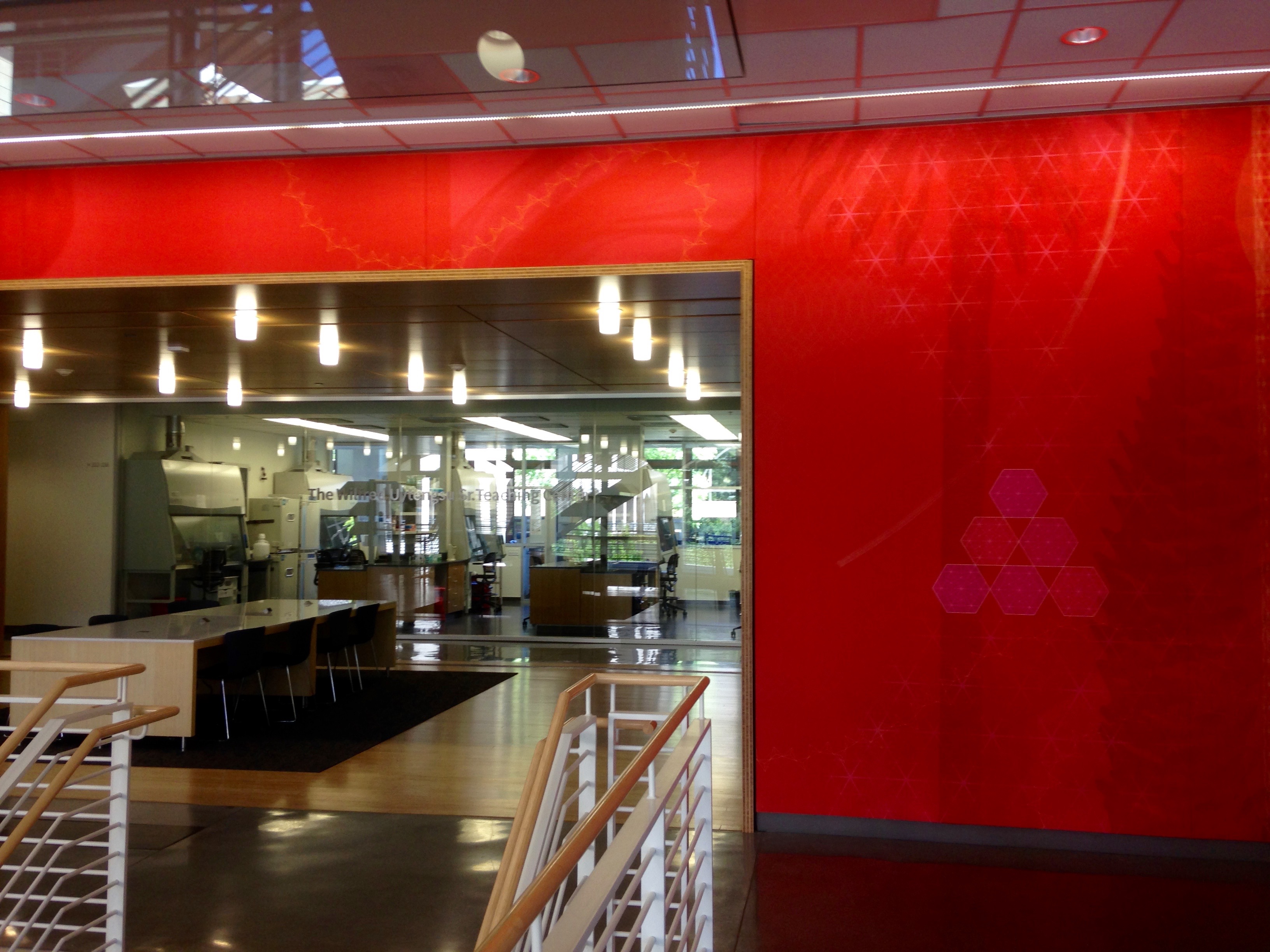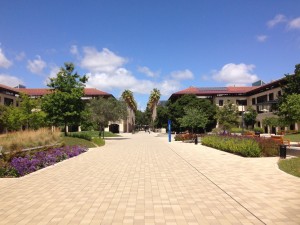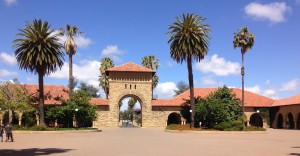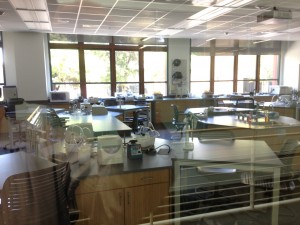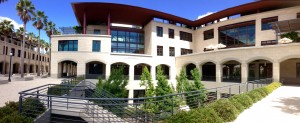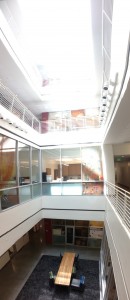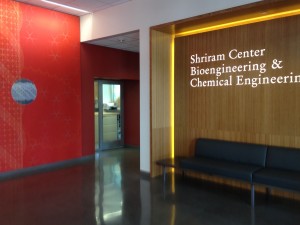My trip to sun-drenched Palo Alto gave a wonderful chance to meet with some of the leaders in STEM education at Stanford University. I had a great set of meetings that included discussions about science education with Carl Wieman, Physics Nobel laureate from 1997, Drew Endy, a leading “synthetic biologist” and Robyn Wright Dunbar, Director of Stanford’s Center for Teaching and Learning. I also gave a talk to Robyn’s group at CTL that included experts in humanities education, international education, psychology, and course design. It was a great chance to connect with Stanford – my alma mater – and see the amazing range of programs, brilliant new ideas, and beautiful new buildings.
From my discussion with Drew Endy I was able to think further about the future of science and technology as it relates to the revolution in biology. The “Moore’s Law” of computer science is now being experienced in biology, with genetic sequencing, and designer organisms easier to produce and exponentially cheaper. Drew describes how Wayne Gretsky’s quote about “skating to where the puck will be” has to be reformulated in this time to imagine a puck “with a rocket on it” to illustrate the ways in which change is non-linear, and accelerating! This has massive implications for education, and we had a great discussion about the implications for students, and for our planet.
The education work at Stanford is truly inspiring, and I was amazed at the depth and range of programs that Robyn and her CTL group are working on, alongside Carl Wieman with his ambitious suite of STEM education activities. Clearly Stanford University is a force to be reckoned with – its future-oriented approach and fantastic people make me feel very confident that solutions in education, science and technology are at hand!
One example of this is the Shriram center for Bioengineering and Chemical Engineering, where Drew has his office. Within that building is a dazzling array of instructional spaces for undergraduates, adopted from the best facilities of their kind from across the country. MIT provided the inspiration for some of the interaction spaces, while Reed College provided the idea of a multi-level lab bench (to prevent electronics from getting flooded). The building is filled with natural light, and lines of sight to connect people in “interaction and mixing columns” that combine starwells with water, restrooms and casual discussion spaces. The building is just one part of the mix – the relationship between the spaces and the way the mixing is encouraged by a careful study of flow within the building make it really inspiring. Below are some photos of the Shriram center, and some of the other buildings that replaced the industrial ugliness that used to be located behind Varian Physics when I was an undergrad at Stanford in the 1980s!

